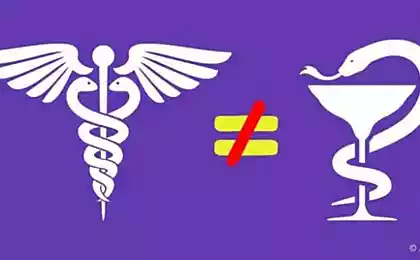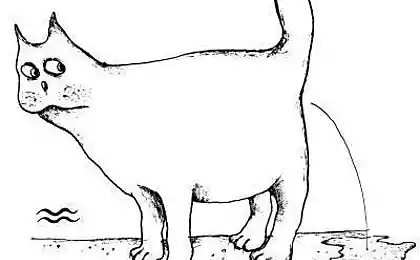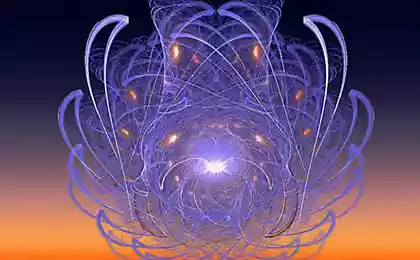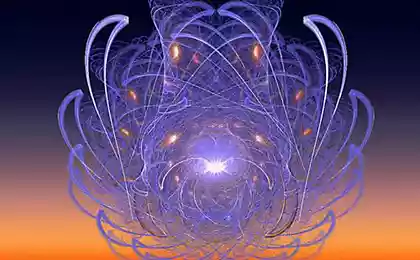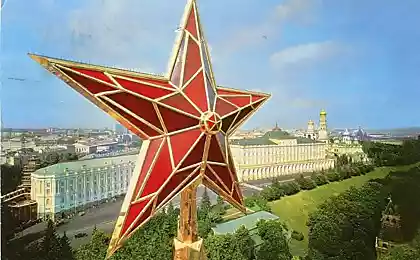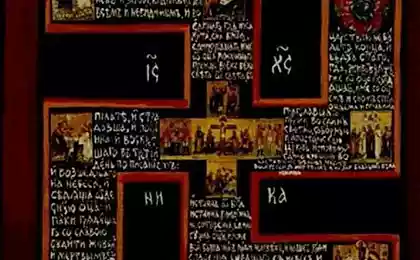1953
People have long known sign of the swastika as a symbol of the rotating sun.
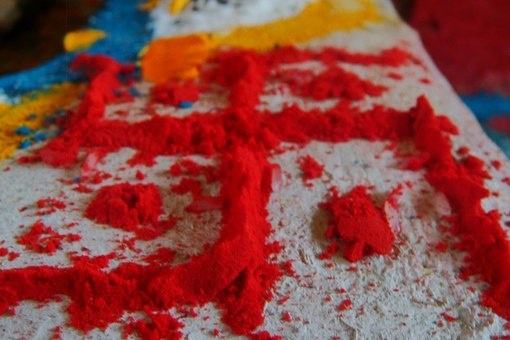
In July, 1918., Immediately after the execution of the imperial family, the White Army troops occupied the Ekaterinburg. The first thing the officers rushed to the Ipatiev House - the last refuge of the royal family. There, among other things, they saw the familiar icons of symbols - crosses with curved ends. It was a left turn, the so-called collective swastika - "talisman". As it turned out, it drew the Empress Alexandra Feodorovna.
It is for these signs ignorant reviewers London film about the Romanovs later christened it "fascist Brünnhilde", unaware of the ancient Christian tradition of Indian - post a swastika there, where cleaned attributes of a holiday after its completion to here has not penetrated evil. Empress dedicated the house "amulets", in anticipation of the end of the holiday of a lifetime ...
Controversy about the origin of the swastika does not subside for many years. Her pieces are found on almost every continent in the cultures of Hinduism, Lamaism, Christianity (Figure 3). Today it is considered that this sign takes its origin from the ancient religion of the Aryans - Indo-Europeans. His first image on the Aryan altars and tombs Harappan seals and weapons, Samaria bowls belong to 30 century BC In the Urals, excavated the ancient temple city of the Aryans Arch, the same age as the pyramids of Egypt, which has the layout of streets in the form of a circular mandala svastichnoy the altar in the center.
What does the swastika? This Aryan symbol of the unity of the heavenly forces of fire and wind from the altar - the confluence of these heavenly forces of the earth. Therefore, altars decorated with swastikas and Aryans worshiped saints, protected from evil. The name "swastika" comes from the Sanskrit term "suasti" - "prosperity under the sun," and svastichnaya mandala - the notion of "wheels", "drive" or "circle of eternity", divided into sectors. In China and Japan, the swastika represent the wishes of characters longevity under the sun.
In the world of the swastika Volumes have been written, and only Russian authors are silent about it. But this is our story! Recall that the original homeland of the Aryans was in Dhaka-Sarmatian regions of Eastern Europe (where today is located, Moldova, Belarus, western Russia), and then, under the pressure of unfavorable climate, they moved to the Urals. Their symbols and traditions are passed later settled here Scythian-Sarmatians and Slavs-rusicham.
In Russia, a cross with bends even had Russian name - "Kolovrat". Like the term "suasti", its roots are translated as "Sun" and "rotation" or "Midsummer».
Swastika as ornaments covered altars of ancient temples, vestments, iconostasis, military banners, embossing arms, cuffs national costumes, lace, trim houses, utensils, etc. This is evidenced by fragments of murals in Kiev, Chernigov, Novgorod, Vologda.
For example, the dome of an ancient temple Kolomna Beheading of St. John the Baptist is decorated with mosaic figure rotating sun and radiating it spirally curved rays and points of planets around the periphery of the sky.
Captivates the imagination and the ancient painting of St. Sophia Cathedral in Kiev portico, made more by Yaroslav the Wise in the form of a series of left- and right-pravovra an angular-Kolovraty swastikas and direct crosses. About what the real meaning of these symbols may have, we'll talk later.
One of the interesting mysteries associated with the swastika, is hidden in the royal tent-Kolomenskoye Church of the Ascension of the Lord. Here in March 1917 (ie during the abdication of Nicholas II) found an icon of the "Reigning Mother of God" with a swastika in the crown, scepter and orb in his hands. On the icon of Our Lady as it takes care of the welfare of the Forsaken the king of Russian power.
So, people have long known sign of the swastika as a symbol of the rotating sun. But this relationship is scientifically proven, it seemed incredible ...




